WildStar preview: hands on with the stylish new MMO

WildStar is a newly announced sci-fi / fantasy MMO from Carbine, a studio of NCSoft comprised of veterans from the World of Warcraft, City of Heroes and Guild Wars teams, amongst many more. They're building an MMO to cater to four distinct types of gamer: fighters, explorers, collectors and socialisers. So when you start WildStar, you not only choose a race and class, but also a path.
It's set on Nexus, a newly discovered world littered with ancient tech and magic, rendered with a lovely illustrated look. Various races are descending on the world to find its treasures, uncover its secrets and kill ten of the rattiest looking things they find there. I got to play with two of the four paths, and three different classes, so here's what they all do.
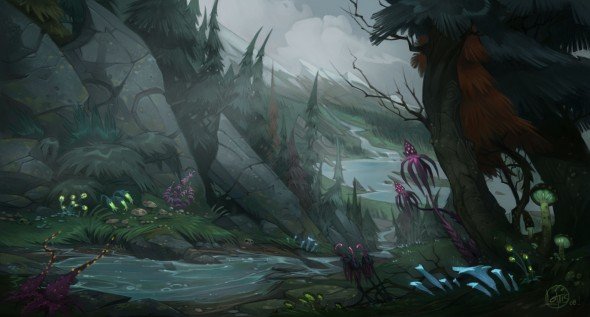
The Explorer Path
This is me, I'll admit - I once killed myself in World of Warcraft just to walk around the world as a ghost, unhassled by zombie bears. WildStar's Explorer path isn't quite like that, but you get a tracking device that will point you to nearby points of interest. When you get there, it'll be a mountain to climb, or a gravitational anomaly that can launch you to high perches, or just a spectacular view. As you investigate the area, your tracker will beep faster as you get closer to the precise spot you need to reach. When you're there, you can place a beacon: it'll help your people chart this land and communicate important information about enemy positions. You also get a big chunk of XP and a quest reward.
It's another series of quests that you'll be doing throughout the game. You still follow the same main quest arcs as people doing the other paths, but you don't have to take all the kill-ten-things quests to keep up with the XP progression.
The Soldier Path
The Soldier also has a recurring quest type he can take on throughout the game, this time to defend outposts. Sometimes there are friendly NPCs that must survive, sometimes a time limit, other times just a number of waves of enemies. In all cases, you choose when to start the action. When the waves of enemies arrive, they're lower level ones easily dispatched in a few blows. The onslaught happens in a public place, too, so all players in the vicinity can join in and help you out. Again, completing these gets you the same experience and rewards as you'd expect from a normal quest.
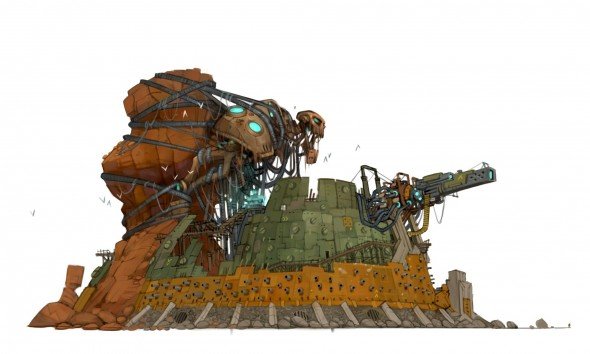
The Scientist Path
The Scientist path is for gamers who like scouring the world for collectibles, and consuming every bit of a game's story. Your recurring quests revolve around using a scanning device to analyse anomalous objects, places and creatures scattered around the world, and get to the bottom of their mysteries. It wasn't ready to play, so I don't know as much about the specifics. But the idea is that these anomalies will be in among the people and creatures you're dealing with for your main quest, so they'll be an extra layer of stuff to do rather than a separate distraction.
The Settler Path
This is the option for socialisers, and the one we know least about. The idea is that characters on this path have come to Nexus to make a life for themselves, so a lot of the quests involve helping locals establish villages that grow up around you. But it'll particularly cater to players who want to run guilds or be active members of them, rewarding you for playing with your friends and making new ones. How, we don't know yet.
The biggest gaming news, reviews and hardware deals
Keep up to date with the most important stories and the best deals, as picked by the PC Gamer team.
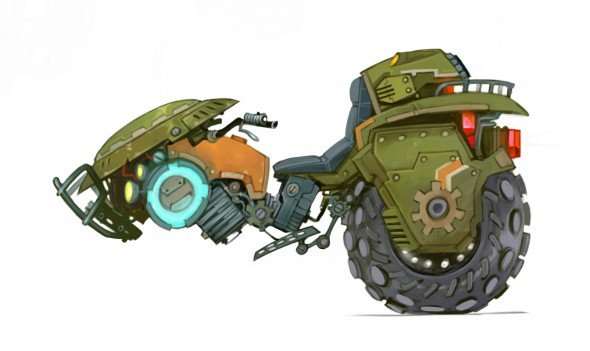
The Classes
I got to try the Esper (mage), Spellslinger (rogue) and Warrior (warrior). Classes aren't tied to particular paths, so you can be a Warrior on the Scientist path if you like, or an Esper Soldier. The Esper was the most fun in combat, in fact: her basic attack is to summon a few illusory swords and fling them into her enemies. She can also stomp them with a giant imaginary hand from the sky, and if they're low on health, make them explode into a shower of ghosts.
The Spellslinger imbues his twin pistols with magical effects. He can take careful aim to do powerful shots, or fire rapidly with both guns for steady damage. He twirls energetically between shots - the animation is characterful throughout.
The Warrior is straightforward, perhaps inevitably. He's partly technology-based, in that he has two power cells he can use to power things like a spinning saw blade attack. But his primary weapon type is a giant sword, which he sweeps in huge arcs to hit lots of enemies at once.
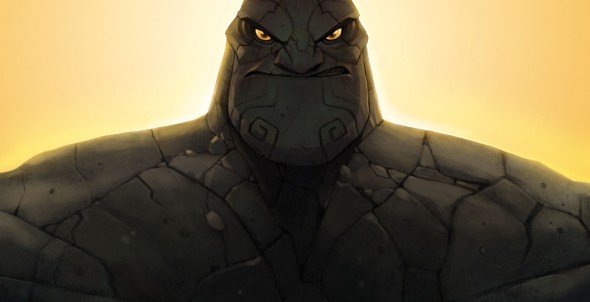
Impressions
The path system is definitely a step in the right direction. I played Explorer first, and enjoyed tracking down the points of interest. I also liked that placing a beacon sometimes ties into the plot - in one warzone, the beacon provides targeting data on an enemy position, and a team of snipers move into position next to it to attack the enemies below.
But I didn't feel like it changed the experience enough: I still had to slaughter a lot of indigenous creatures in the main quests, and at one point even set fire to their homes after they'd turned non-hostile to me. It's sort of a conquistador's take on 'explorer'.
The Soldier path did a better job of catering to its audience, since the main quest is largely combat anyway. The defence sections are more enjoyable than they sound, largely since they're not too gruelling and it's not a huge deal if you fail one. It's more of a fun recurring challenge, and if people join in, all the better.
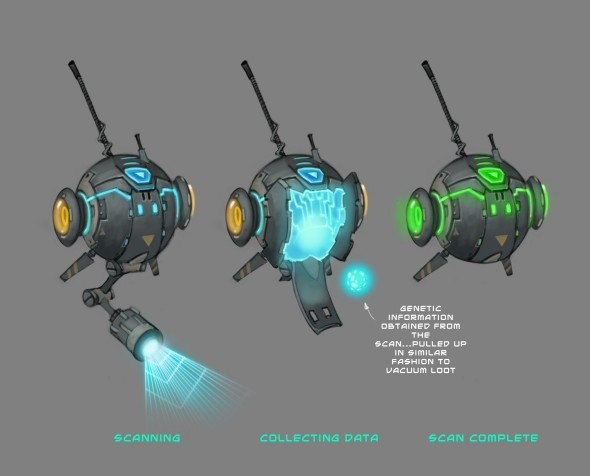
Combat is reasonably fun as all classes: they each have finishing moves that destroy weakened enemies in spectacular style. But the real appeal for me was the beautifully depicted world. None of this landscape feels generated: it has the easy curves of handdrawn illustration, but you can explore it all.
An early quest is to stop a snowstorm caused by a strange weather control tower, and the delicate aurora that fills the night sky when it clears is lovely. I saw other areas that have been ripped apart by a lighter-than-air mineral surging up through the ground, pulling the Earth up into rocky spires and floating islands.
I just hope they take the path system far enough that I can explore most of it without having to stop for genocide.

